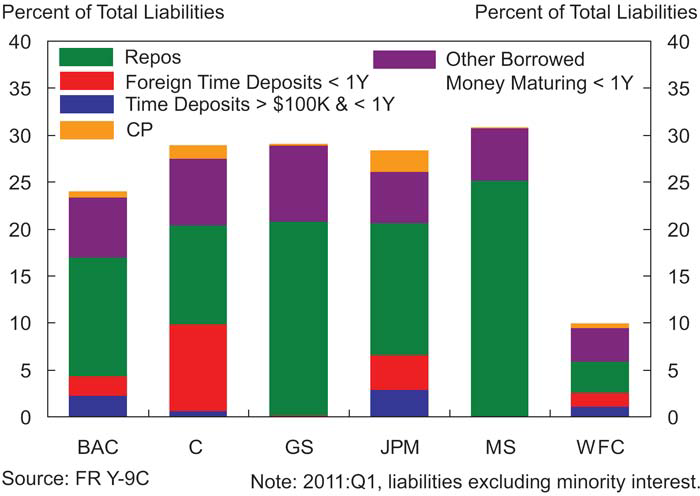The Missing Wall Street Debate
In a 90-minute debate, I’m not sure it’s possible to cover every single issue of pressing national importance and to do so in coherent detail. So the following is a complaint one could make about a number of issues that were missing from last Thursday’s VP debate, but it was a little eyebrow-raising that financial reform was absent from the conversation.
Sure, the collapse of Lehman is ancient history as far as the political news cycle is concerned, and regulatory details can sometimes come off as unbearably technical to the average viewer. However, we are still living through the real-world economic consequences of a massive global financial crash; the ink on the 2010 Dodd-Frank Act is not yet dry (key regulations are still being finalized); and recent scandals should have reminded us that the soundness of the financial system cannot be taken for granted.
Hopefully, tonight’s presidential debate will feature a little more recognition of the catastrophic regulatory failure we’re still living with. We’ll see. At this year’s Minsky conference, Gillian Tett of the Financial Times joined a panel discussion (with Louis Uchitelle, Jeff Madrick, and Yalman Onaran) on the role of the press in the financial crisis and financial reform efforts (audio here). Tett commented on the failure of the press to focus on what was really going in finance in the run up to the crisis, and one of the challenges she identified here was what she labelled the “complexity problem”: the key activities in advance of the crisis, in derivatives for example, were poorly understood, and now, after the crisis, we have a regulatory response in Dodd-Frank that’s even more complex and opaque.
This issue of complexity isn’t just a challenge for the press. It’s also a public policy problem. Jan Kregel argues that the more recent JPMorgan and LIBOR scandals demonstrate that the financial conglomerates involved are “too big to manage” and too big to regulate effectively. This isn’t a fact of nature. This is the financial system we have built. Whether we’re able to make informed public choices about the future of financial regulation is also bound up with the question of whether we will have a financial system whose operations can be readily supervised and understood. continue reading…




 ShareThis
ShareThis